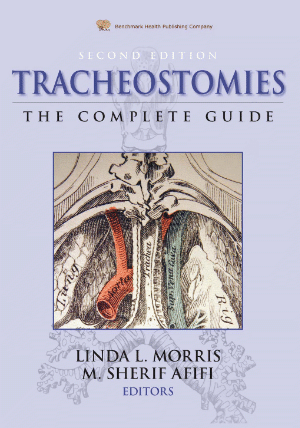Example Case Descriptions
Broken Tracheostomy Tube
A patient in the ICU received a tracheostomy tube, and two days later, while he was being turned, a nurse discovered that the tube was broken. The two issues in this case were whether the nurses acted appropriately when it was discovered that the tube was broken, and/or did they do something that caused the tube to break?
Expanding Neck Hematoma
A patient had a carotid endarterectomy and subsequently developed an enlarging neck hematoma. The issue in this case was to determine at what time the nurse should have called the surgeon as the patient began to exhibit ominous signs of a compromised airway.
Timing of Tracheostomy Teaching
A patient was discharged with a tracheostomy and was comfortable with all tracheostomy care. Before discharge, one of the family members requested training about tracheostomy care, and this was scheduled after discharge by the home care nurse. The issue in this case was to determine whether or not the hospital had an obligation to offer teaching to family caregivers before discharge.
Safety Precautions and Blood Administration
An elderly patient on blood thinners fell and was admitted to the emergency room, where a nasal packing was placed to stop a significant nosebleed. He returned to the hospital three times during the same day, after having pulled out the packing. Two of the issues in this case were to determine whether there were safety precautions that could have helped to prevent the patient from pulling out the packing and whether nurses followed proper protocol for administration of blood.
Displaced Tracheostomy Tube
A patient had a tracheostomy tube placed to maintain the airway during treatment for mandibular cancer and neck dissection. At one point, the patient partially coughed out the tracheostomy tube. The issue in this case was to determine whether the staff acted appropriately to provide mask ventilation while efforts were made to replace the tube.
Sepsis
The issue in this case was to determine when the patient became septic, when interventions should have begun, and whether nurses followed chain of command when the vital signs changed.
Tracheostomy Hemorrhage
A patient with a laryngectomy due to end-stage laryngeal cancer had a known fistula near the stoma and had several prior episodes of hemorrhage. The issue was to determine whether, prior to the last episode of hemorrhage, he should have been transferred to the intensive care unit or to another hospital, where he had been receiving all of his care.
Please call to discuss your firm's case.
